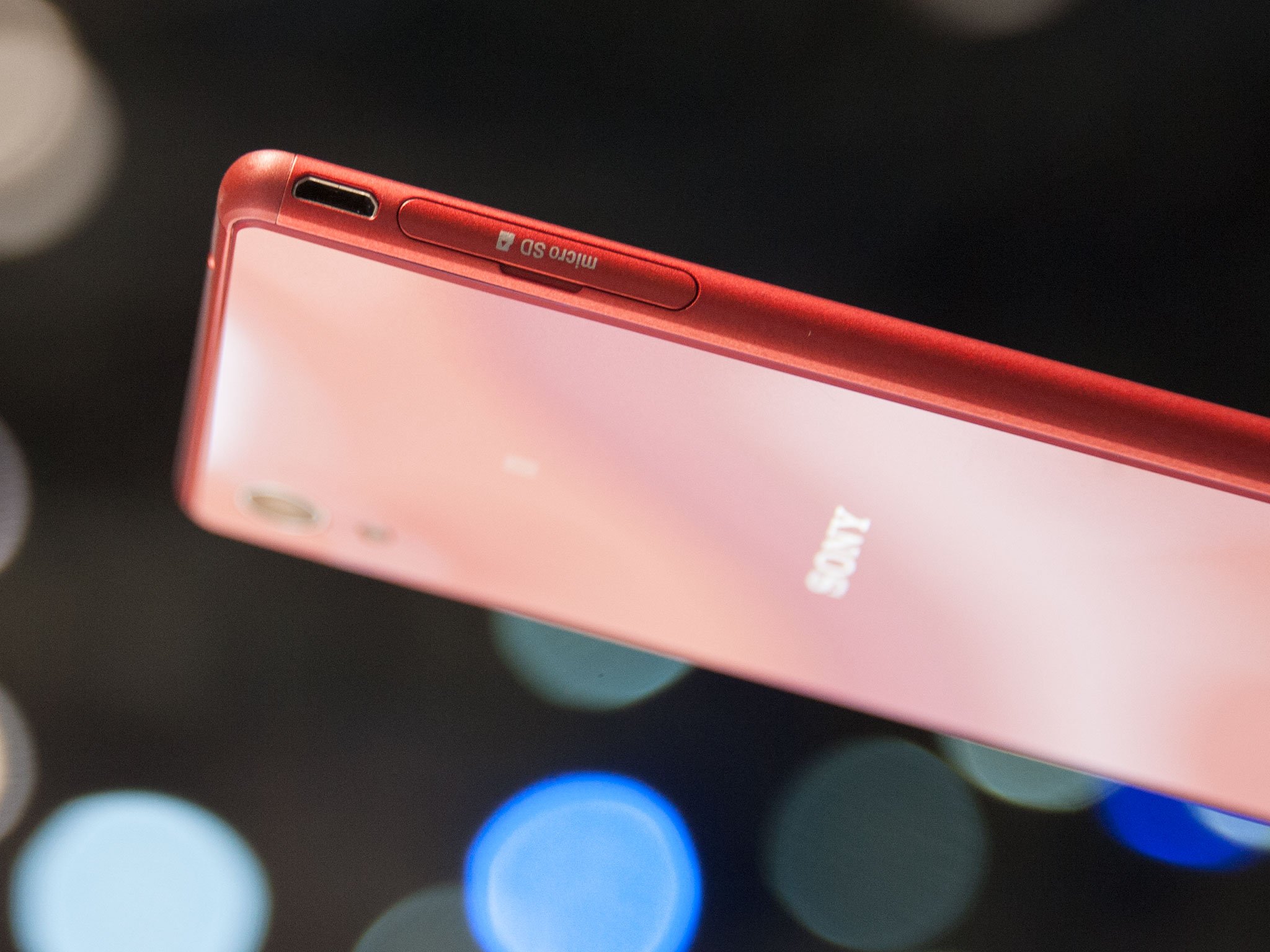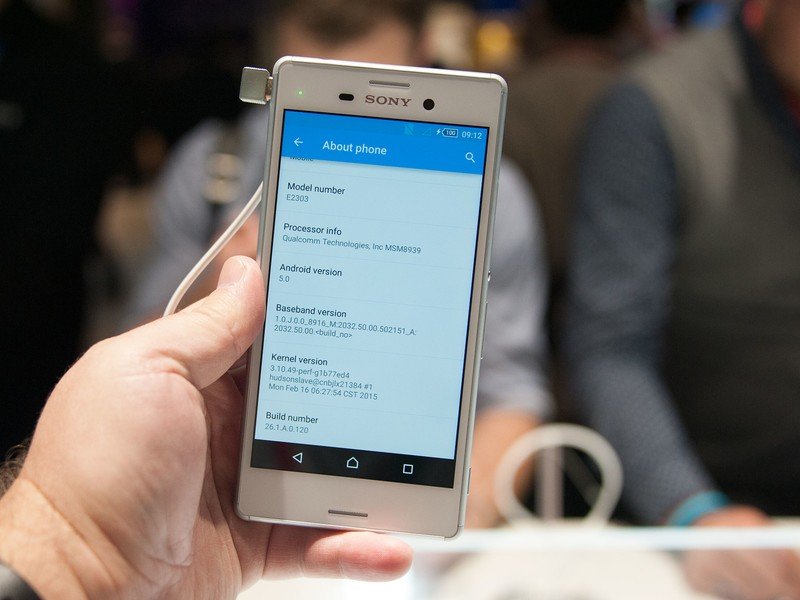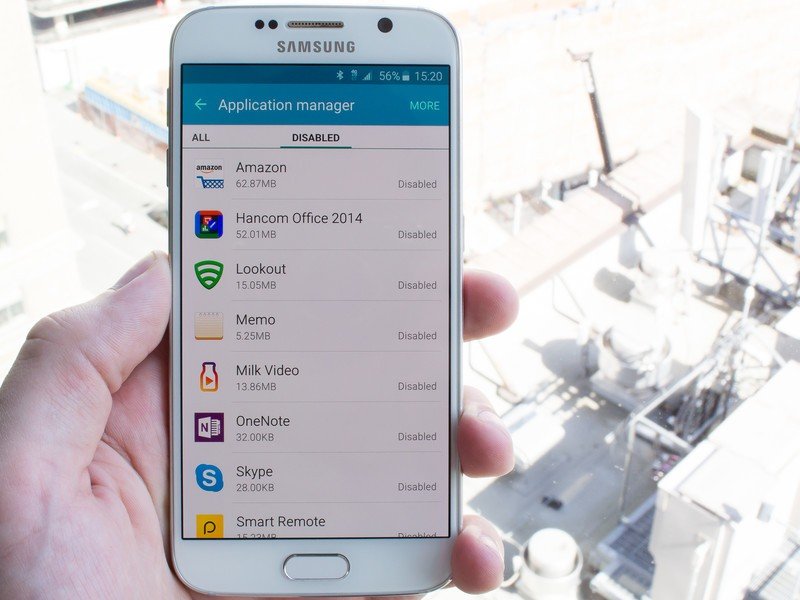Dissecting the '8GB' Xperia M4 Aqua storage kerfuffle

With competitive pricing, waterproof capabilities and Sony's latest Android UX, the Xperia M4 Aqua has a lot going for it. But with a mere 8 gigabytes of internal flash, storage space is a serious issue for the phone. As XperiaBlog discovered upon getting the phone, their M4 was reduced to just 1.26GB of free space after initial setup.
Let's take a look at what's going on, how you get from 8GB to 1.26GB, and what you need to be aware of when judging your phone's storage capacity.

It's not unusual for the usable space of any data storage device to be less than its quoted capacity, and there are a few perfectly valid reasons for this. When you're dealing with hard drive in a PC, some space is taken up by partitioning and formatting the drive. (Think of it as arranging the space on the drive in a way that's usable by the operating system.) On smartphones and tablets, the partition on which the OS lives also takes up a good chunk of space, which is why most manufacturers include some sort of disclaimer in specification listings.
The following, for instance, is taken from Samsung's Galaxy S6 specs page:
User memory is less than the total memory due to storage of the operating system and software used to operate the phones features. Actual user memory will vary depending on the mobile phone operator and may change after software upgrades are performed.
Of the GS6's 32GB of internal flash, some 25GB is available for your own stuff. That's less than the advertised space, and there's a good case for saying all manufacturers should do a better job of exposing the "real" internal storage capacity to users. We're picking on Samsung (and Sony) here, but this issue affects the smartphone industry as whole. Even Apple has taken flak for continuing to ship 8GB iPhones in some markets.
For Sony's part, its does a decent job of explaining the difference between total storage and available storage in its M4 Aqua whitepaper, however the main product listing for the phone isn't anywhere near as clear:
The E2303 and E2353 have 3 GB of free memory available to the user for downloaded applications and their data, music, pictures and movies while each device has up to 8 GB of flash memory in total.
The quoted '3GB' of free memory doesn't account for the way built-in Android apps update.
The problem with this is that 3GB of "free memory" has to account for updates to built-in apps (like Gmail, YouTube and the Google app) as well. These apps live on the system partition out of the box, but when they're updated, the new versions reside on the data partition alongside all your other apps. And this includes core Android system components that usually update in the background. Consider that Google Play Services and Android System WebView both take up more than 100MB each, before you've even got around to updating core apps like Gmail, Google Maps and the Play Store itself — let alone Sony's built-in apps.
Be an expert in 5 minutes
Get the latest news from Android Central, your trusted companion in the world of Android
It's easy to see how tens of megabytes here and there can squeeze a seemingly adequate 3GB into a more claustrophobic 1.26GB. And as more built-in apps update over time, that number is only going to decrease. That's an ever-shrinking amount of space for apps you actually choose to download.
MORE: Android bloatware isn't bad, just misunderstood

At what point is saying 'up to 8GB' just plain misleading?
This puts Sony in a tricky situation, as it's difficult to give a truly accurate baseline storage number. And any number they do give is going to be gradually eroded by updates to built-in apps. Nevertheless, it does make the quoted "up to 8GB" of storage in the M4's spec sheet seem disingenuous. Even without built-in apps, you're never, ever going to get anywhere near 8GB of free space. And as we've explained above, the nature of Android app updates makes 3GB an equally unlikely number.
Whether it's enough to fall foul of the UK's Sale of Goods Act or Trade Descriptions Act is debatable. But we can draw a couple of clear conclusions from this whole mess:
- Most manufacturers still aren't anywhere near transparent enough when it comes to telling customers just how much available storage space they'll have to play with.
- In 2015, you really, really shouldn't be acting like it's OK to ship a phone — even a mid-range phone — with 8GB of internal flash. Or probably even 16GB. Modern Android needs more than that.
For more on that second point, check out Russell Holly's write-up on why 8 and 16GB phones need to go away.
MORE: Just say no to 16GB of storage in 2015

Alex was with Android Central for over a decade, producing written and video content for the site, and served as global Executive Editor from 2016 to 2022.
